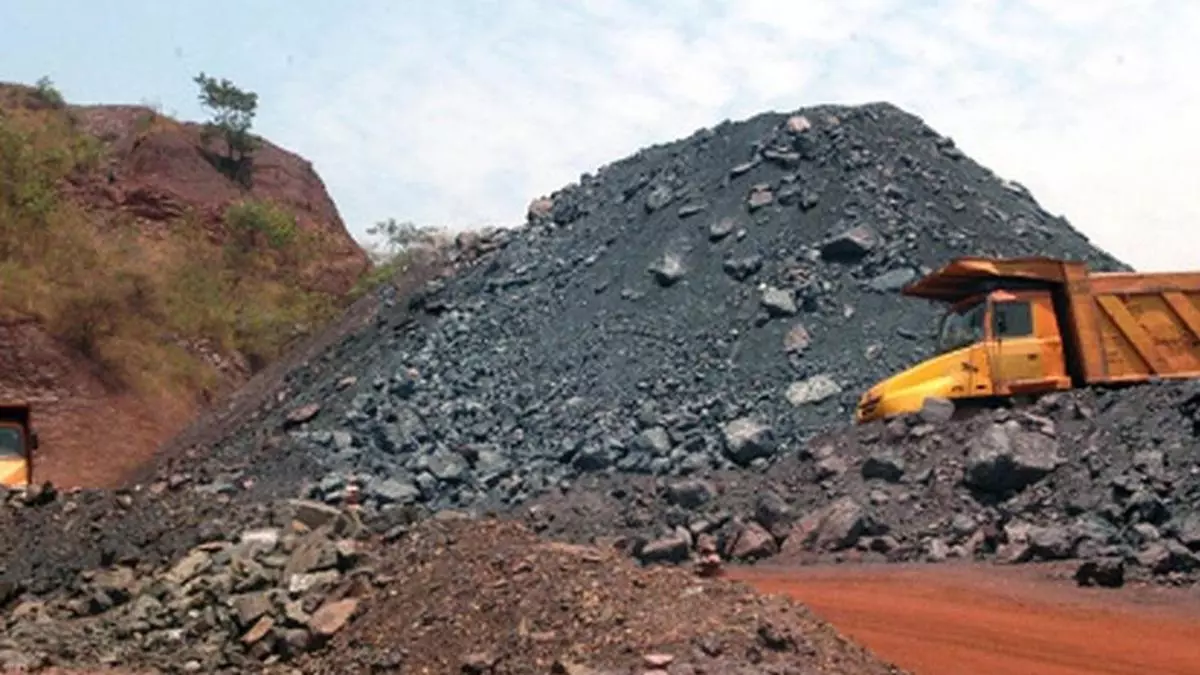Iron ore prices will likely rule firm for the remainder of the year and gain in 2024 due to the resilience of the steel raw material and hopes of a Chinese stimulus package, analysts and experts say.
However, the World Bank, in its Commodity Outlook, said steel production cuts in China and subdued global economy may drag iron ore prices further in 2024 from an anticipated 11 per cent decline this year.
Currently, iron ore fines with 62 per cent ferrous content are ruling at $130.42 a tonne for delivery in Tianjin, China. Prices are at their highest since May on expectations of robust demand coupled with risks to supply.
The Trading Economics website said China, world’s top consumer, remained underpinned by the bullish backdrop in its steel-heavy infrastructure sector.
China drafting list
“Beijing stated it would accelerate the issuance of bonds after accommodating an additional 1 trillion Chinese yuan in debt to target infrastructure and manufacturing projects,” it said.
Chinese policymakers are reportedly drafting a list of 50 developers who will qualify for a range of funding support. “Adding to the slew of property easing controls in recent months, a mixture of state-owned and private developers has been included, but details are scarce as of now,” said research agency BMI, a unit of Fitch Solutions.
The Australian Office of the Chief Economist said despite the worsening outlook for global steel demand, iron ore prices strengthened in September. “The resilience in prices appears to reflect improved market sentiment due to the potential for new government measures to support China’s economy,” it said.
BMI said iron ore prices have retained their resilience on the back of strong Chinese imports in 2023 thus far. This is as a result of declining domestic physical inventories at ports.
Imports surge
“During January to October of 2023, Chinese imports of iron ore surged by 6.6 per cent year-on-year to a record high of 977 million tonnes (mt). Total iron ore inventory at Chinese ports as of November 17 was 10,700 tonnes compared with 13,400 tonnes on January 6, 2023,” BMI said.
The World Bank Commodity Outlook explained: “Iron ore prices increased 3 per cent in 2023Q3 relative to the previous quarter on strong steel production in China.”
Although China’s property sector remains weak, demand for construction completions, infrastructure and steel exports went up sharply in the third quarter, it said.
BMI said despite China’s uneven economic growth and a still failing property sector, blast furnace steel production and thus iron ore demand have shown a defiance of all odds, through support from non-property sectors including shipping, machinery, autos and infrastructure.
2024 price forecast
“From January to October 2023, China produced 874 mt of crude steel, up 1.4 per cent from the same period in 2022. We expect some more upside to iron ore prices in Q42023 ahead of the winter holidays as steel mills continue restocking. Simultaneously, positive investor sentiment will keep demand for iron ore futures on the Dalian exchange high,” the research agency said.
This has resulted in BMI raising its 2024 iron ore price forecast to an annual average of $120/tonne from $100 earlier.
The World Bank Commodity Outlook, however, said for the remainder of 2023 and into 2024, steel production cuts in China and subdued global economic activity are expected to weigh on iron ore demand. “As a result, iron ore prices are expected to be 11 per cent lower in 2023 and fall further in 2024 and 2025,” it said.
Trading Economics said an industrial action at BHP, one of the largest ore exporters in the world, resulting in 400 train drivers suspending activity will likely affect exports from Australia.
BMI said major iron ore producers posted strong growth in 2021-22 fiscal and announced positive guidance for 2023, which could cap the upside for its prices. China’s regulation of futures markets could add to such limiting factors.
Outside of China, steel production and demand for iron ore have shown signs of recovery in H2 2023, the research agency said, adding that production in other key markets including Germany and Brazil have contracted.
Output growth
On the supply side, iron ore production remains healthy across major miners, BMI said.
The World Bank Commodity Outlook said over the longer term, there would be steady supply growth from new mines in Africa, Australia, and Brazil. But demand growth will be sluggish as China transitions to less steel-intensive activities.
The Australian Office of the Chief Economist said on the supply side, the world’s two largest producers — Australia and Brazil — are expected to continue to collectively grow export volumes by 3.4 per cent per annum to 2025.
